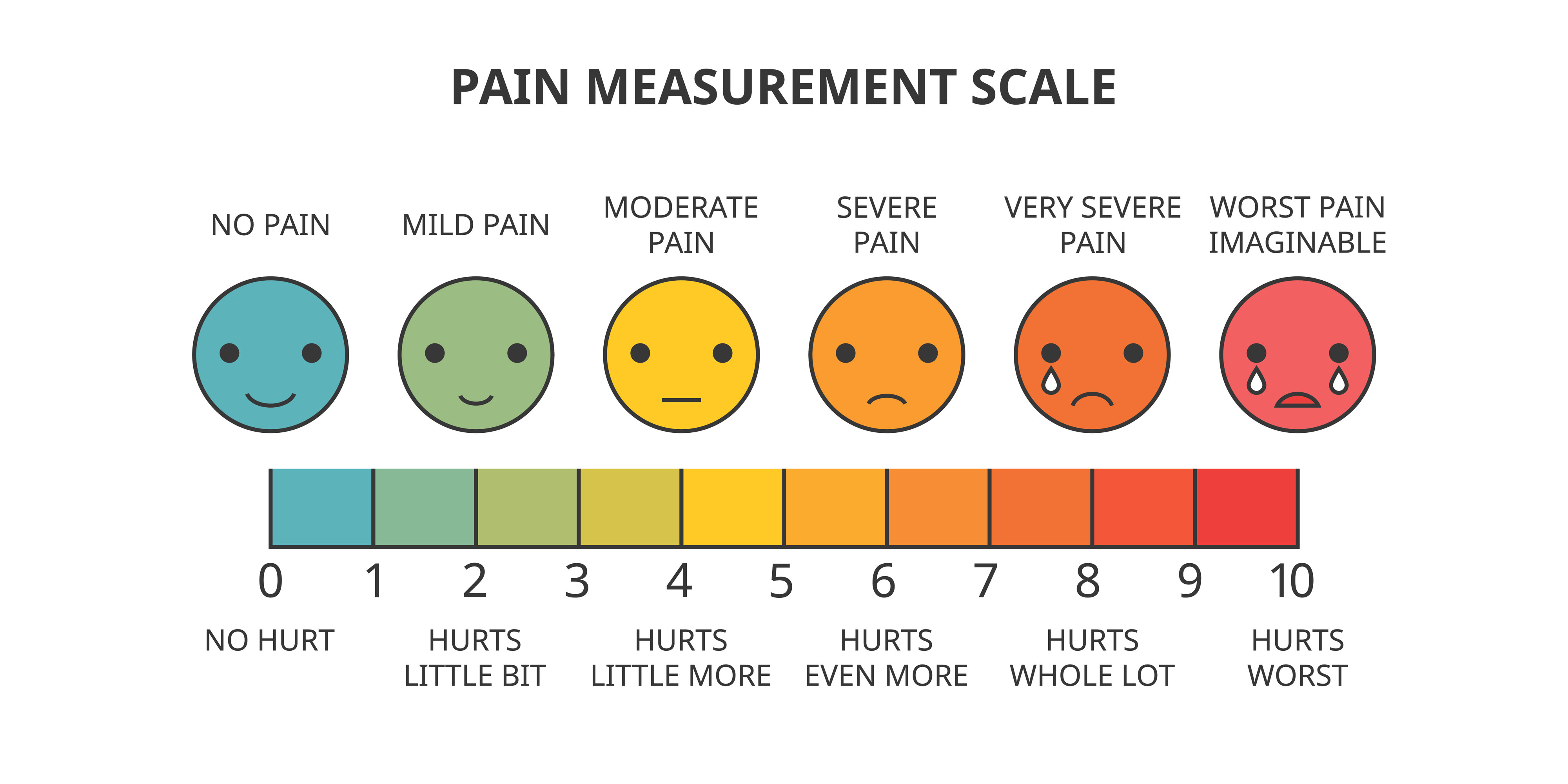These are common questions we tend to ask ourselves when we experience pain. These are also questions we tend to get in our clinic when treating patients. But there is something more we should be asking about pain. What is it? What does it mean? What is my body and brain telling me? The answer to these questions will give us the power and knowledge to interpret our own pain and give us the knowledge and tools to help us get out of pain.
Pain is a common sensation and experience that nearly everyone experiences at some point in time during their lives. Pain is commonly associated with damage in our bodies, but this is not always the case. In a very short explanation, pain is an unpleasant output created by the central nervous system (brain and spinal cord) that is meant to help our bodies by driving behavior change. This means there are many inputs to our brains that assist in the creation of this output – these include internal and external factors.
Internal factors include:
- Sensation, our nervous system’s state (relaxed vs stressed)
- Inflammation, and hormonal levels
Extrinsic factors include:
- Emotional responses
- Our environment
- Relationships
- Cultural/societal context.
This means pain does NOT equal damage. In many cases like a muscle tear or ankle sprain, pain is related to tissue damage, but dissipates as it heals. In other cases, pain is gradual and diffuse without any apparent cause. This is a type of pain brought about our brain’s interpretation of everything going on around us and within our bodies.
There are many instances when something should be painful, but isn’t, and when something shouldn’t be painful, but is. Everyone has experienced a time when they have a small cut and it doesn’t hurt until you look at it – that’s because your brain constructs context around the situation and pain is the output. Think if you were hiking and sprained your ankle, all of a sudden, a mountain lion appears – you bet that ankle isn’t going to hurt and you’re going to run for your life!
So, pain is all about context and how our brain’s perception of that context. Therefore, pain is not an enemy, but an informant. Unfortunately, when we are in pain, many times it is difficult to get out of that pain. Understanding where pain comes from and what it means is the first step in getting rid of it.
We need to be looking at all the factors that could be causing our pain:
- Sources of actual tissue damage
- Beliefs about pain
- Emotional responses
- Thoughts
- Sources of stress
- Societal/cultural influences
We live in a time where our brains are processing more data in a day than ever, which is also a major contextual factor in unconscious stress. But remember, pain can be a good thing – because it is the process of our brain’s telling us something needs to change. So the questions of how can I get rid of my pain, and will I always be in pain are much more complicated than we initially think. We cannot avoid pain, so understanding it can help immensely!
Physical therapists can help decipher different aspects of our lives that can be contributing to pain. Luckily for us, science is beginning to understand the many different types of pain and what it means for our bodies. Physical therapists are at the forefront of pain science and can help many people regardless of what type of pain is occurring. Give us a call at Innovative Physical Therapy and schedule an assessment with a Physical Therapist to help you get out of pain and truly understand what it means for you!
Here are some great references online and a great book to help understanding pain:
https://www.noigroup.com/
https://theprehabguys.com/
https://www.youtube.com/watch?
Book: Explain Pain by Lorimer Mosely and David Butler
Blog researched and written by: Dr. Justin LaLonde PT, DPT.
